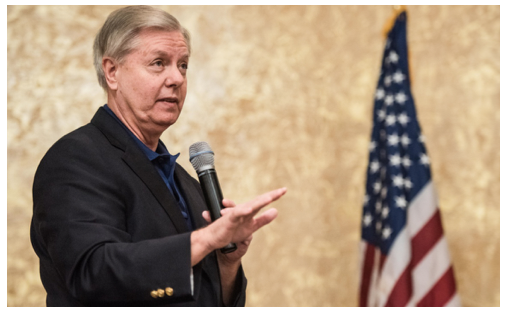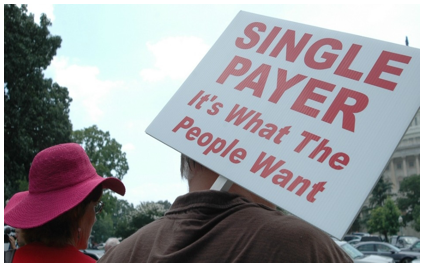#Taking a Knee: Taking Our Minds Off Repeal & Replace, War with N Korea, Suffering Puerto Rico
THIS IS WHAT I KNOW--When Donald Trump fired off his first missile Friday night at one of his populist rallies in Alabama, he started a war with not only Stephen Curry, the two-time MVP for the Golden State Warriors but the NBA, NFL, and Major League Baseball. (Photo above: President railing against the NFL and Puerto Rico hurricane surviver.)





































